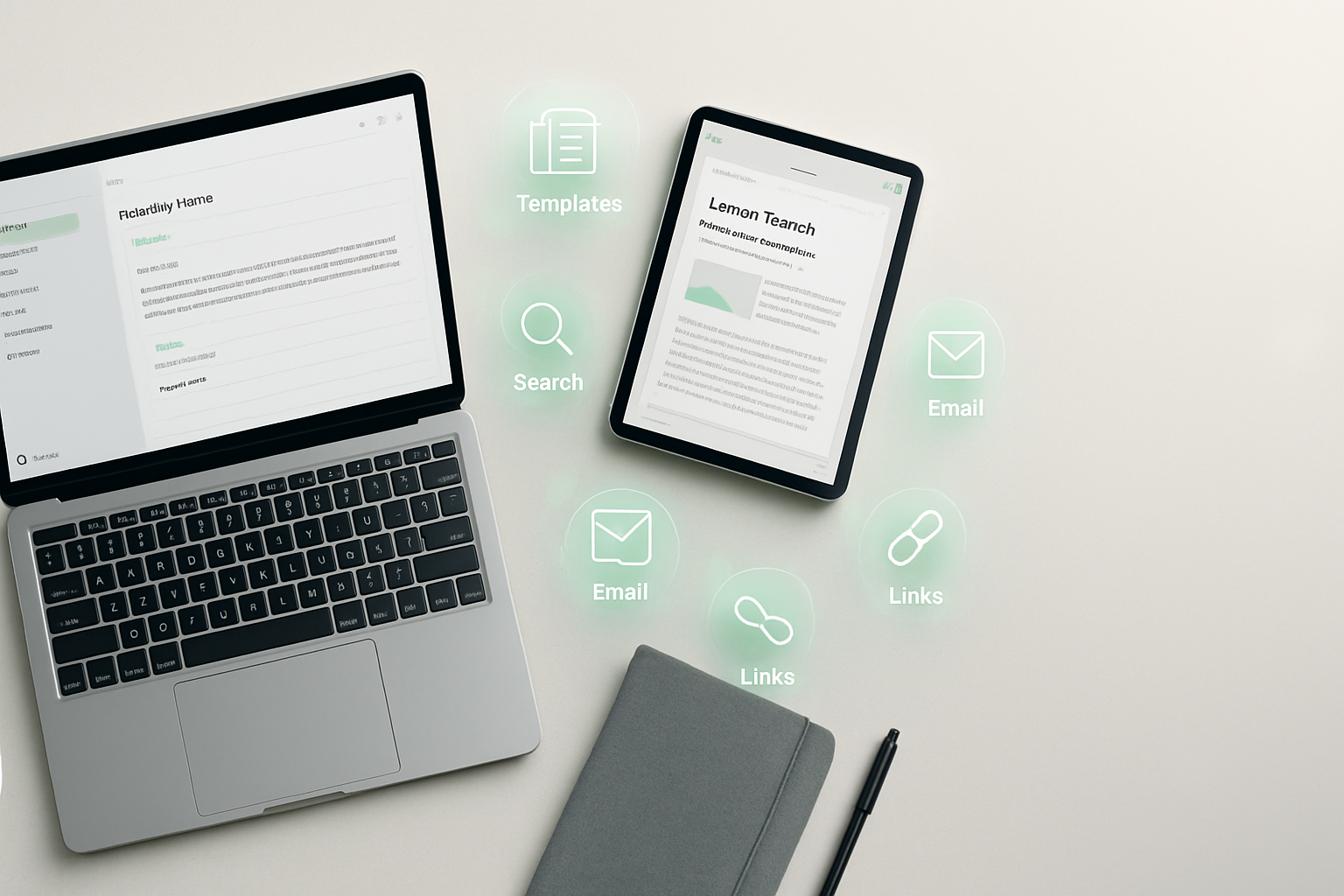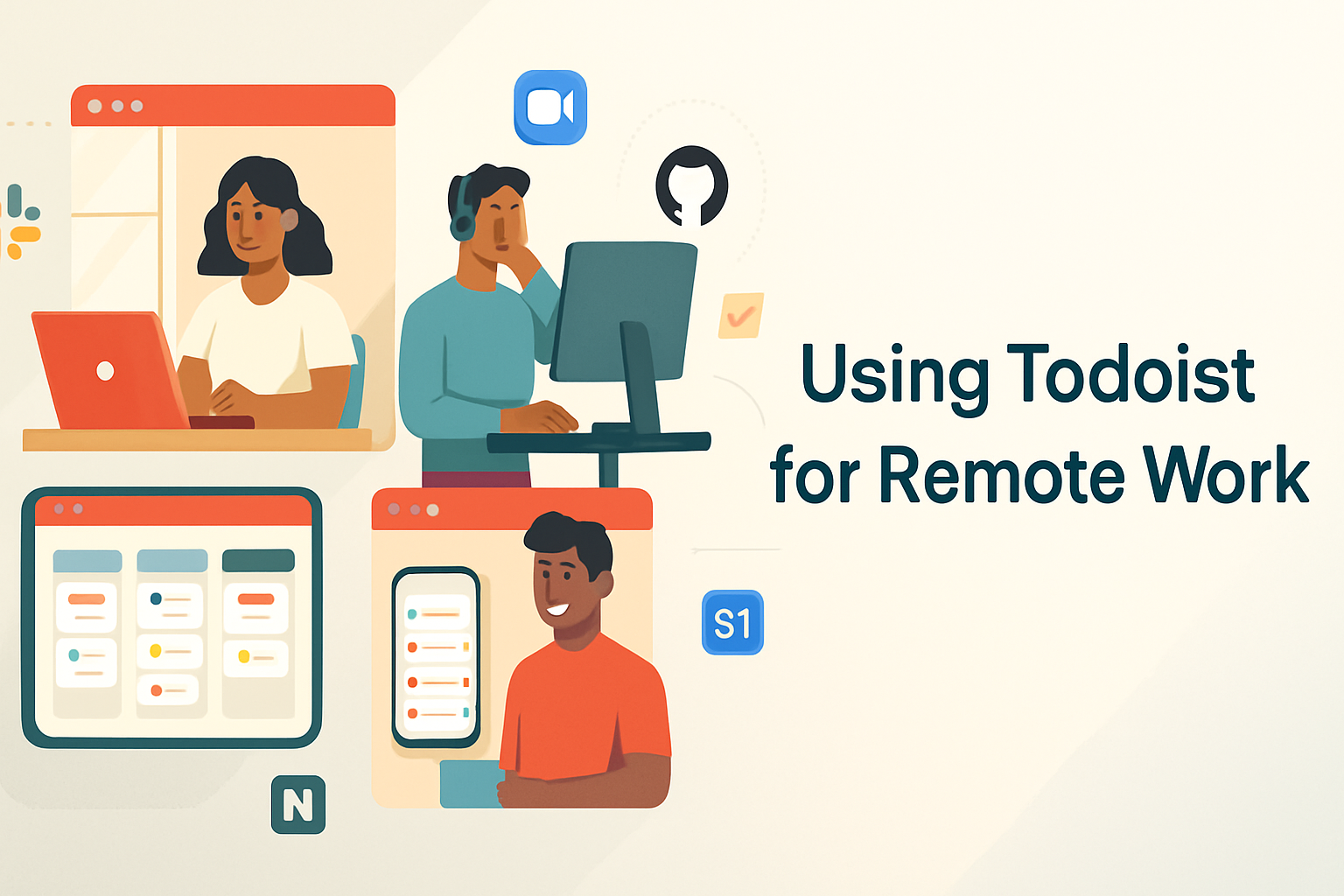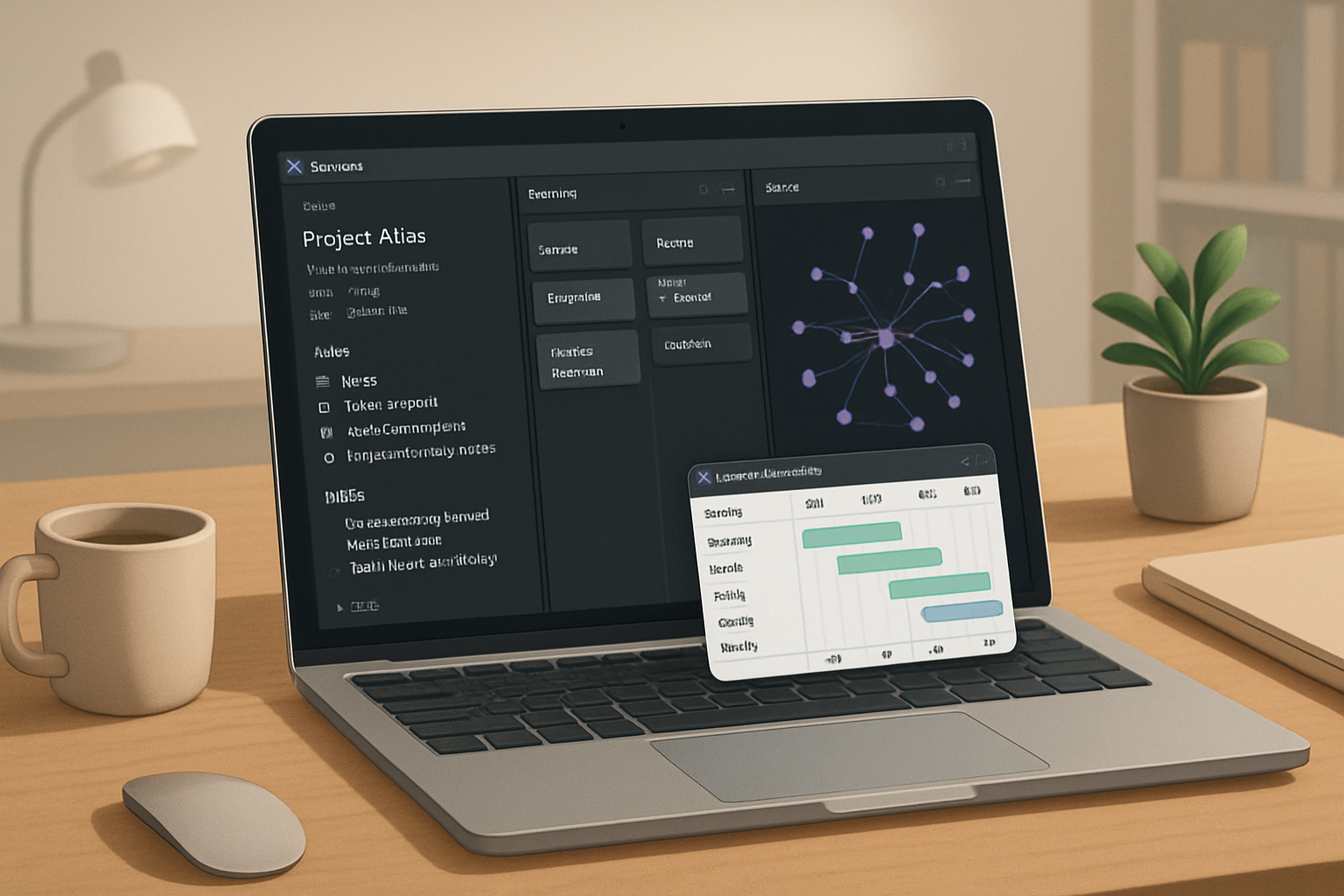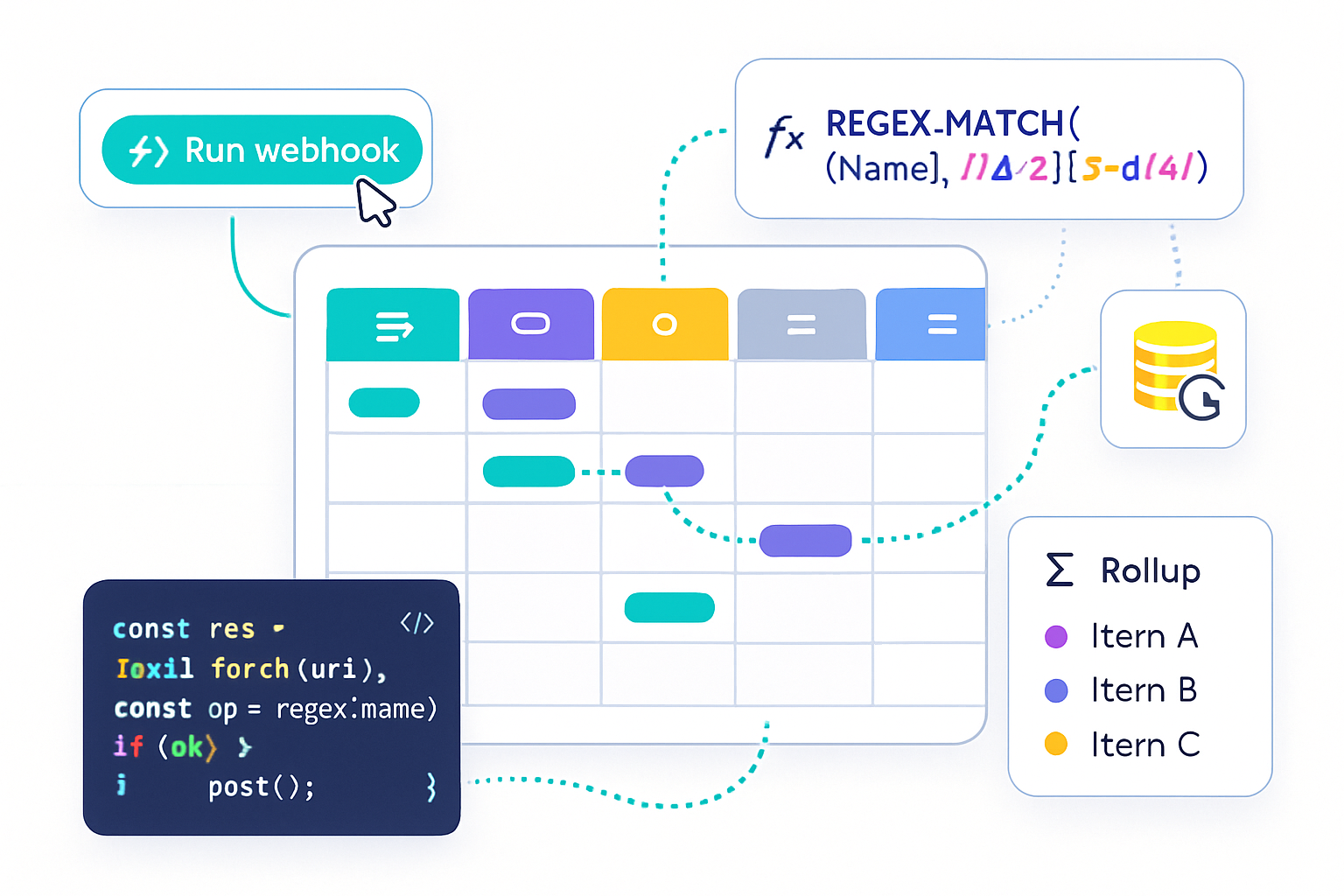· productivity · 6 min read
10 Hidden TickTick Features You Didn’t Know Existed
Discover 10 lesser-known TickTick features - from Smart Lists and Board view to the built-in Pomodoro timer, habit tracker, and advanced filters - that can dramatically boost your productivity and streamline how you manage tasks.
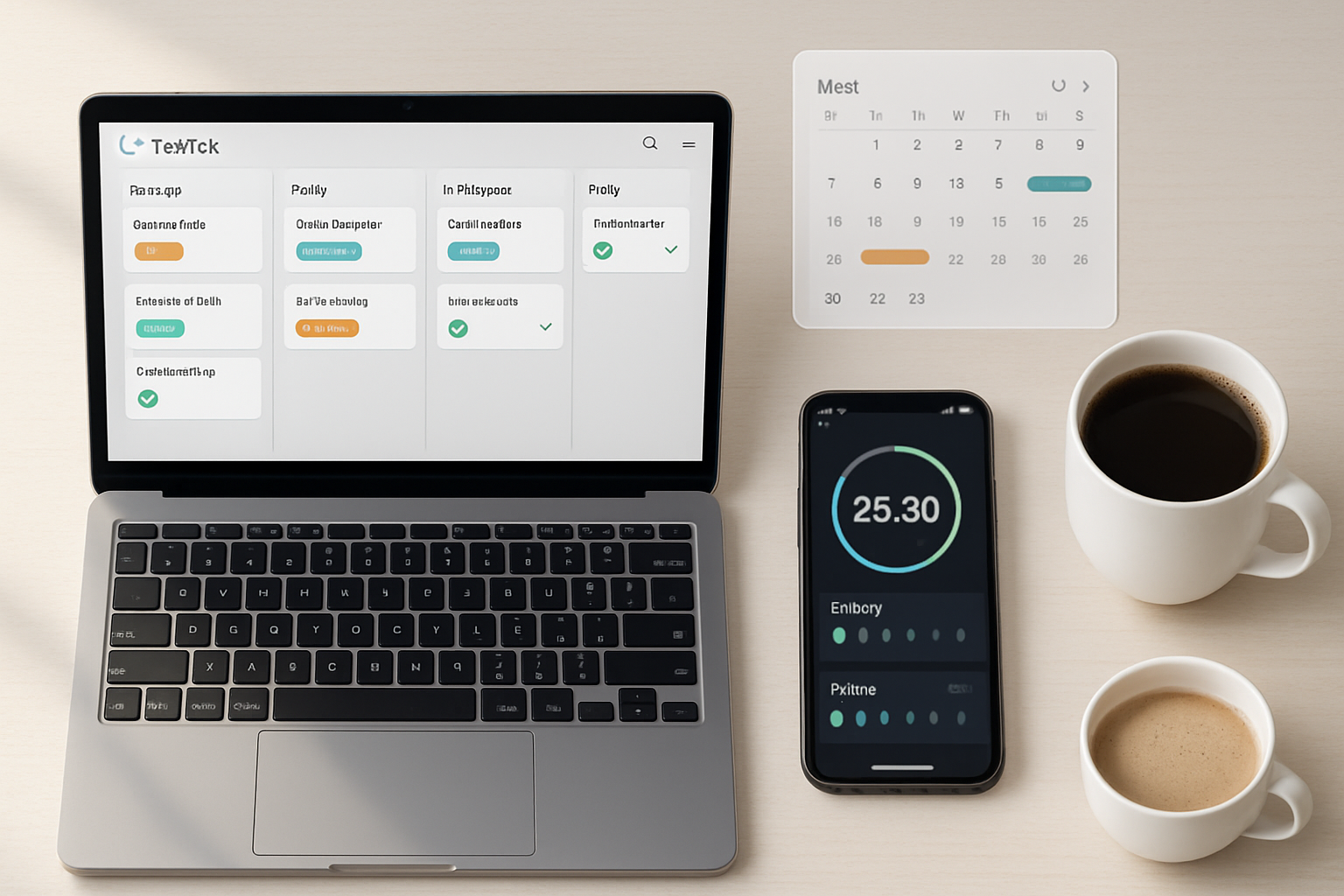
Intro
TickTick is already a favorite for people who want a fast, flexible task manager. But beyond the basics-lists, reminders, and recurring tasks-TickTick hides a set of powerful tools that many users never discover. This post walks through 10 of those features, with practical how-to steps and pro tips so you can start using them today.
1) Natural-language Quick Add & Smart Date Parsing
Why it’s useful
- Add tasks quickly using plain English (or other languages). TickTick extracts dates, times, recurrence and tags from the text.
How to use it
- Open Quick Add (desktop - press the global hotkey or the + button; mobile: tap +).
- Type something like - “Prepare budget report tomorrow 3pm #finance every month”.
- TickTick will create the task with due date, tag and recurrence parsed automatically.
Pro tips
- Use hashtags for tags and @ for people (when sharing lists).
- Combine natural language with priority (e.g., “!1”) to set priority fast.
2) Smart Lists (custom filtered lists)
Why it’s useful
- Create dynamic views that surface exactly the tasks you care about (e.g., all high-priority tasks due this week across projects).
How to use it
- Open the sidebar and choose “Smart List” (or New Smart List).
- Build filter criteria - list(s), tag(s), priority, due date range, status, assigned person, etc.
- Save the view - it updates automatically.
Pro tips
- Create a Daily Focus Smart List that shows only today’s high-impact tasks.
- Use Smart Lists to power your weekly review (e.g., tasks completed this week + overdue tasks).
3) Board (Kanban) View
Why it’s useful
- Visualize workflows with drag-and-drop columns for To Do / Doing / Done, sprint boards, content pipelines, and more.
How to use it
- Open a list and switch the view to “Board.”
- Add columns (statuses), drag tasks between columns to update their state.
- Use card details to add subtasks, due dates, labels.
Pro tips
- Use one board per project or create cross-list boards using Smart Lists + Board view (Premium may be required).
- Add quick filters to show only tasks owned by you or tasks with deadlines this week.
4) Built-in Focus Timer (Pomodoro) with History
Why it’s useful
- The Focus Timer is TickTick’s built-in Pomodoro tool. It helps you work in focused intervals and tracks statistics so you can measure productivity.
How to use it
- Open the task and tap the Focus Timer icon (or use the Timer section in the app).
- Start a Pomodoro session (default 25 minutes).
- After the session, mark the break and log your progress.
Pro tips
- Customize durations in Settings to match your preferred rhythm (e.g., 52/17).
- Review Focus History to detect when you’re most productive and which tasks take the most sessions.
5) Habit Tracker (built-in habits with streaks)
Why it’s useful
- Track repeating behaviors (exercise, reading, journaling) separately from your task lists to build consistency and visible streaks.
How to use it
- Tap the Habit tab (or “+” > New Habit).
- Define frequency, target (e.g., daily, 3x/week), and reminders.
- Check off habit completions; view streaks on the habit screen.
Pro tips
- Combine habits with tasks - link a habit to a checklist item inside a task for context (e.g., a workout habit and a weekly planning task).
- Use streaks as intrinsic motivation and set realistic frequencies you can maintain.
6) Calendar & Timeline Integration (Two-way sync)
Why it’s useful
- Seeing tasks on a calendar reduces context switching and lets you plan your day visually. Two-way sync means changes in your calendar reflect in TickTick and vice versa.
How to use it
- In Settings > Calendar, connect Google Calendar / Outlook / Apple Calendar.
- Choose which calendars to display and whether to enable two-way sync.
- Use the Calendar or Timeline view to schedule tasks and blocks of focus time.
Pro tips
- Turn tasks with due dates into calendar events to block time for doing them (drag a task onto a time slot).
- Use color-coding to separate calendar events from task blocks.
7) Subtasks, Checklists & Batch Edit
Why it’s useful
- Break big tasks into actionable subtasks or checklists. Batch edit lets you change due dates, tags, priority or assignees on multiple tasks at once.
How to use it
- Open a task, add subtasks or a checklist in the task detail panel.
- To batch edit - select multiple tasks (desktop: shift/ctrl+click) and use the Edit menu to change attributes.
Pro tips
- Use subtasks for step-by-step how-tos and checklists for repeatable procedures.
- Batch-edit deadlines to quickly re-plan a project when timelines shift.
8) Templates and Task Duplication
Why it’s useful
- Save recurring project setups (e.g., onboarding checklist, launch plan) as templates to avoid rebuilding structure each time.
How to use it
- Create a list or task group you want to reuse.
- Use the Export/Save as Template option (or Duplicate) to create a template.
- Import or apply the template when starting a new project.
Pro tips
- Keep a “templates” list with common workflows for marketing, engineering sprints, meeting agendas and more.
- Include subtasks and default tags in your templates so new projects are ready to run.
9) Keyboard Shortcuts & Global Quick Add
Why it’s useful
- Speed up task capture and navigation without touching the mouse. The global hotkey lets you add tasks from anywhere on your computer.
How to use it
- View shortcuts in Settings > Shortcuts (desktop apps).
- Use the global quick-add hotkey to open the add-task modal while in any other app.
- Learn navigation shortcuts (e.g., jump between lists, open search).
Pro tips
- Set the global hotkey to something comfortable (e.g., Alt+Space) and practice capturing tasks immediately when they pop up.
- Combine with text snippets or clipboard managers for faster templated entries.
10) Integrations, Web Clipper & Automation
Why it’s useful
- Connect TickTick to other apps (calendar, Slack, email, Zapier) and use the web clipper to save research, articles and quick notes as tasks.
How to use it
- Install the TickTick browser extension (Clipper) to save a webpage as a task or note.
- Visit Integrations or API/Automation settings to connect Zapier, Google Calendar, Siri Shortcuts, Alexa, etc.
- Create automations like - “New starred email → TickTick task in Inbox” via Zapier.
Pro tips
- Use the web clipper to capture links and highlight important text; attach context to the task so you can jump straight into work.
- Automate recurring imports (e.g., starred emails, form responses) to reduce manual data entry.
Bonus hidden gems
- Location-based reminders - set tasks to alert you when you arrive/leave a place (handy for errands).
- Advanced recurring rules - set complex recurrences like “every 2nd Tuesday” or “last weekday of the month.”
- Task sharing and comments - collaborate inside a task with assignees and threaded comments.
Wrap-up
TickTick packs a lot more than basic to-do features: when you learn how to combine Smart Lists, Boards, the Focus Timer and templates, you can reduce friction, automate boring work and spend more time doing high-value tasks. Start by picking two features from this list, try them for a week, and you’ll likely find your workflow becomes measurably smoother.
References
- TickTick official site: https://ticktick.com/
- TickTick Help Center: https://support.ticktick.com/hc/en-us
